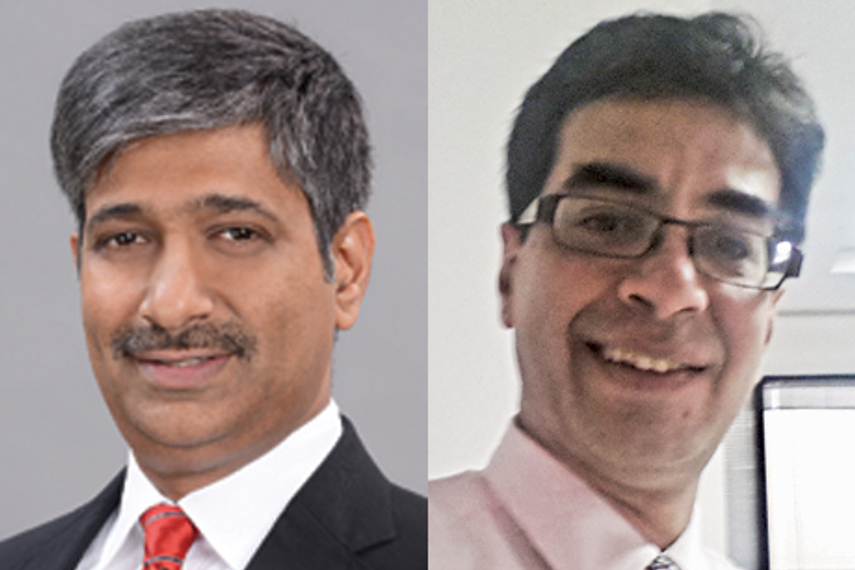
Please sign in or register
Existing users sign in here
Having trouble signing in?
Contact Customer Support at
[email protected]
or call+91 22 69489600
Karthi Marshan and Ashok Lalla speak about whether social media is empowering brands more than consumers today. Who is it empowering, really?

Contact Customer Support at
[email protected]
or call+91 22 69489600
Top news, insights and analysis every weekday
Sign up for Campaign Bulletins
AMD’s Zen Mode film imagines an office where pressure disappears by using calm, not jargon, to make enterprise tech feel human.
The martech agency is executing a 26-company acquisition roadmap to achieve a 100-crore profit benchmark for its public market debut.
The wedding-focused campaign combines celebrity association, consumer contests and in-store activations to engage shoppers during the festive marriage season.
The digital-first campaign with Sahher Bambba highlights easy-to-use styling tools designed for quick salon-like results.